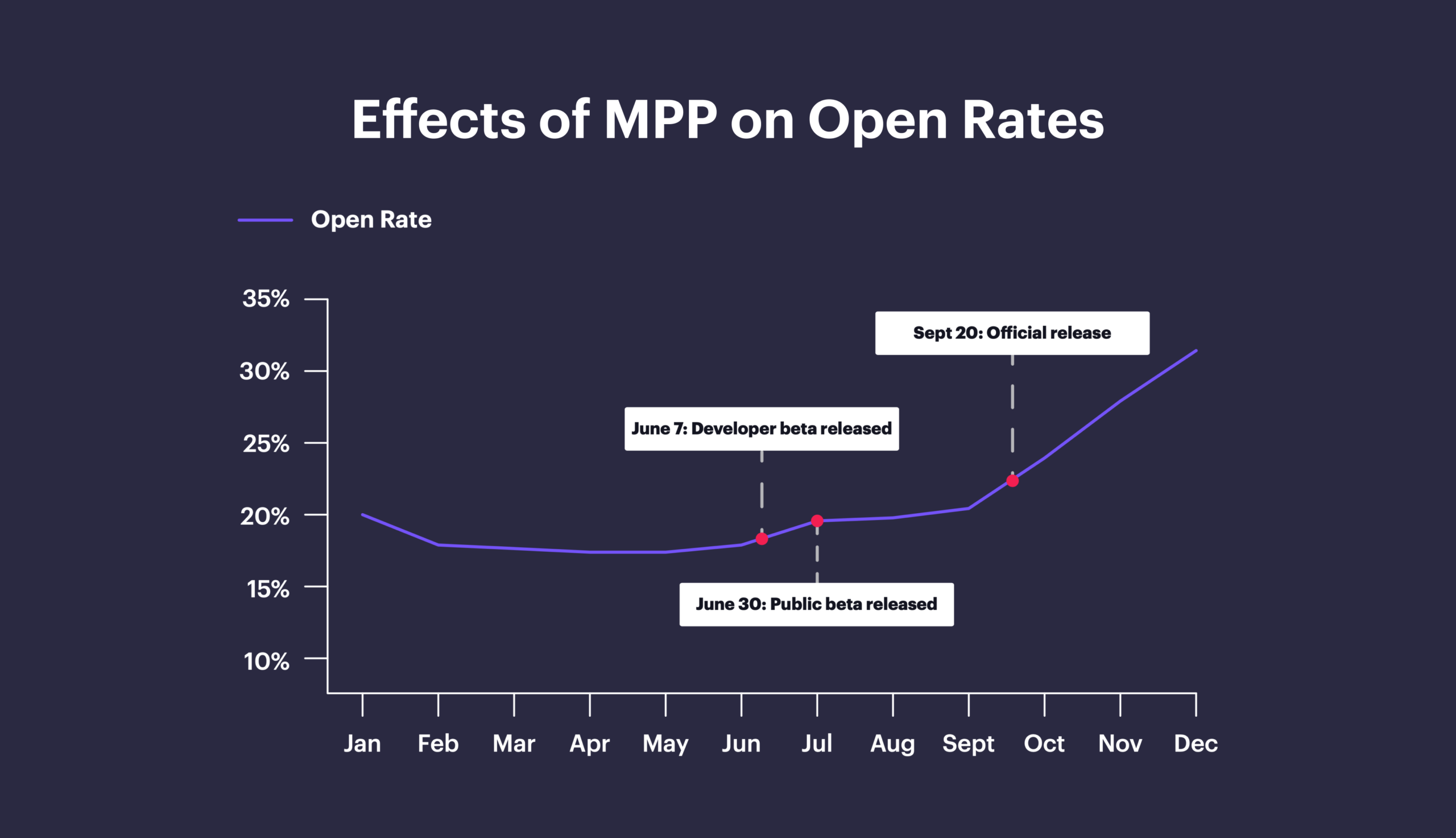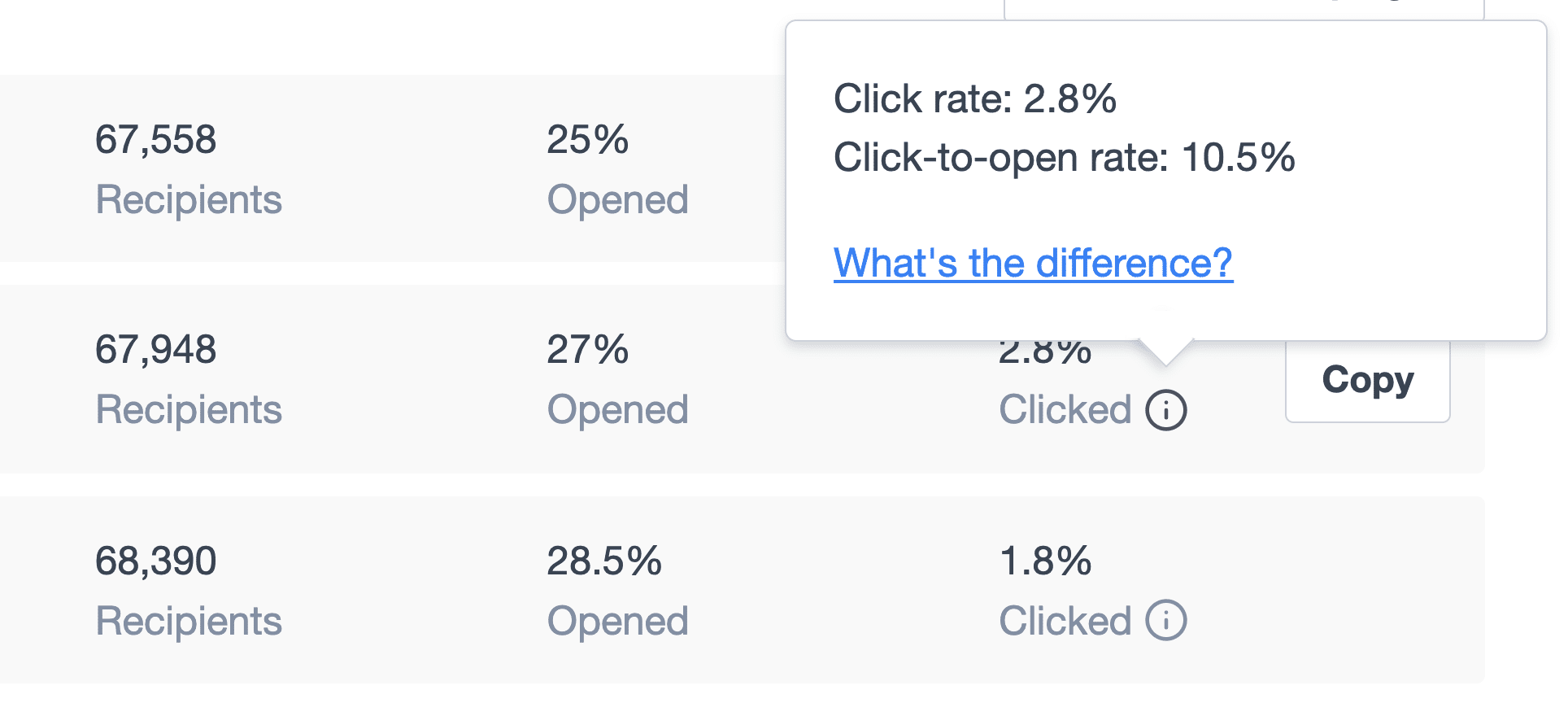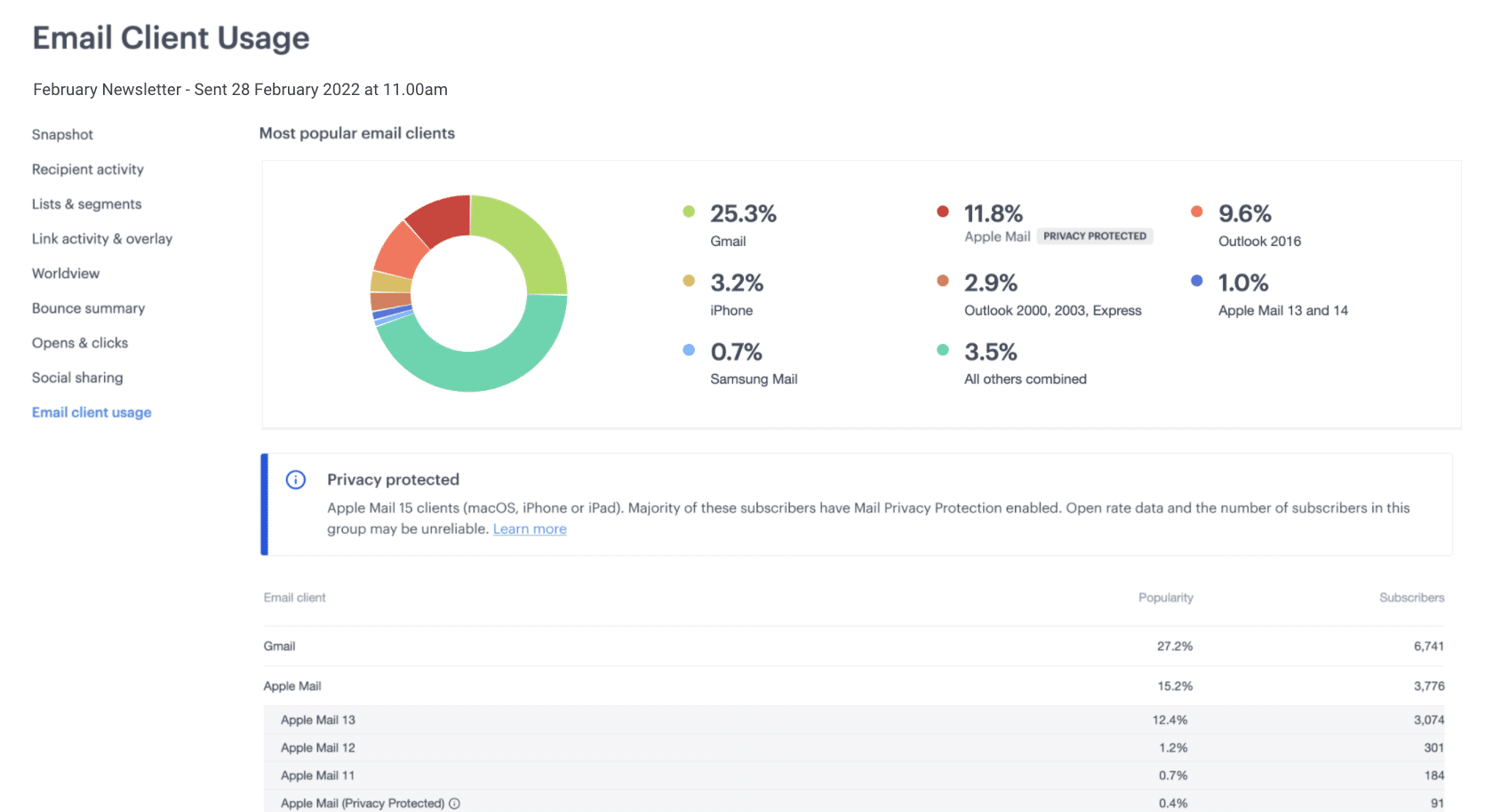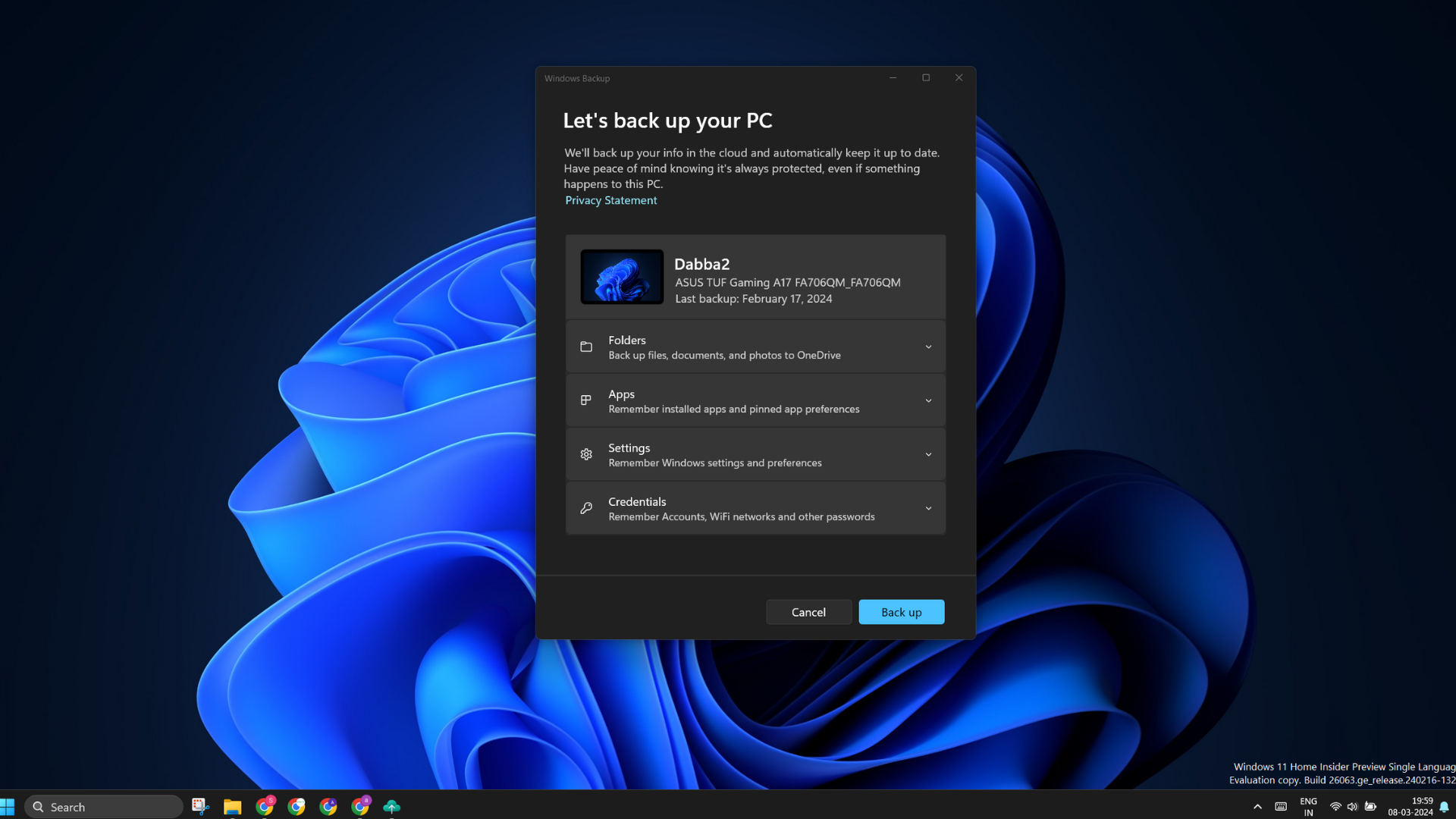The Current State of MPP: Where Are We Now?
It’s been about six months since Apple released MPP to the public — going live... The post The Current State of MPP: Where Are We Now? appeared first on Campaign Monitor.

It’s been about six months since Apple released MPP to the public — going live in September of last year. And while we’ve learned a lot about this feature and how it works, email marketers have been left with a lot of questions as well.
What’s been happening during that time? How many people have opted into MPP? How is it affecting my metrics? How have email service providers (ESPs) responded?
Marketers are still concerned with privacy changes, and understandably so. With more inbox providers releasing their own privacy-related features, it feels like we’re at the beginning of a trend that will continue to impact marketers for the foreseeable future.
Let’s take a quick look at where things are at with MPP, and how we’ve been responding to those changes here at Campaign Monitor.
So, what’s the state of MPP?
A lot has happened since Apple released iOS 15 and Mail Privacy Protection back in September of 2021.
For those who don’t remember, Mail Privacy Protection is a new feature in iOS15 that essentially does two things:
- Effectively disables open tracking, removing an email marketer’s ability to reliably track whether or not
- Obscures the user’s IP address, removing an email marketer’s ability to know their location
MPP disables open tracking by pre-fetching (or downloading), emails and email images to each device, regardless of whether or not the user opens and reads the message. Email image pixels, which are used to track opens, are included in this download, meaning that the email will count as “opened”, even though the user didn’t open it.
The big questions for marketers once this feature was announced were: How many people are going to opt into this new feature? and How drastically will this affect open rates?
Six months in, we’re finally starting to get clarity to those questions.
How many people have opted into MPP?
It’s difficult to get a raw number, but we do know that over 75% of all Apple iPhone users are currently using iOS 15, and among them, about 97% have adopted MPP.
As you can imagine, that already makes up a large percentage of people. While we don’t know the exact number, SparkPost estimates that 40-50% of all email opens now come from MPP.
Has MPP started affecting open rates?
Definitely. If nearly half of all email opens are coming from MPP, we can be sure that not all of those people are actually opening those emails. In our 2022 Email Marketing Benchmarks report, you can see that open rates have risen steadily since MPP’s release.
Looking at the data, there was a small uptick when Apple released the iOS 15 developer beta. Then again with the public beta. And then, open rates rise drastically and continually when MPP is released to the public.
These metrics confirm what a lot of email marketers (including us) speculated — that open rates have become far less reliable.
How we’ve responded at Campaign Monitor
As an email service provider, we know that people like you rely on Campaign Monitor not only to send great email, but to analyze your campaigns and understand what’s working. With that in mind, we’ve made some changes to our platform to help you navigate this new, privacy-centered world.
Updated Clicked metrics
Given MPP impact on open rates, the click-to-open rate (CTOR) will become less reliable. Therefore, we’ve updated the “Clicked” metric on our summary pages to show the click rate rather than the CTOR.
You can still view the CTOR by selecting the info icon. The CTOR can also be found in our detailed reports including Insights and compare campaigns.
Minimizing the impact of unreliable location data
We no longer record the location of a subscriber when we suspect it has been impacted by Apple MPP. This means that you’ll likely see more subscribers where the last known location is “unknown”, however, this will ensure that inaccurate location data does not impact features such as Worldview, time zone sending, or campaign reports.
Apple Privacy category in the Email Client Usage report
The email client usage report (campaigns and journey emails) gives you a breakdown of the different clients and devices that recipients are using to view your emails. We’ve added a new category, Apple Mail (Privacy Protected), to the report to give you visibility of the portion of Apple Mail Privacy recipients opening your emails. This new category is available for emails sent after February 2022.
Look out — there’s more to come
As we said, user privacy is a trend that’s here to stay. With Gmail and DuckDuckGo launching their own privacy features, we can expect more inbox providers to release privacy-focused features in the near future.
But don’t worry. Campaign Monitor is keeping a close eye on all of it. We’ll keep you in the loop on what we learn, and the changes we make to our platform to help you navigate this ever-evolving privacy environment.
The post The Current State of MPP: Where Are We Now? appeared first on Campaign Monitor.

 admin
admin 




























